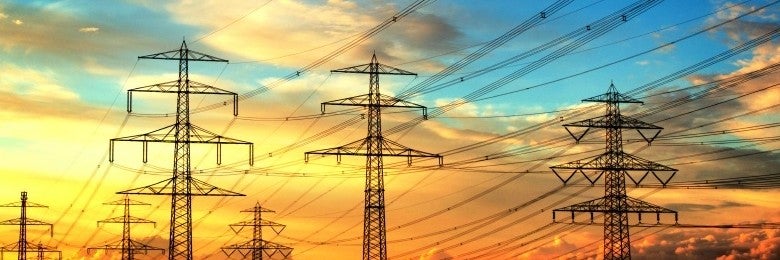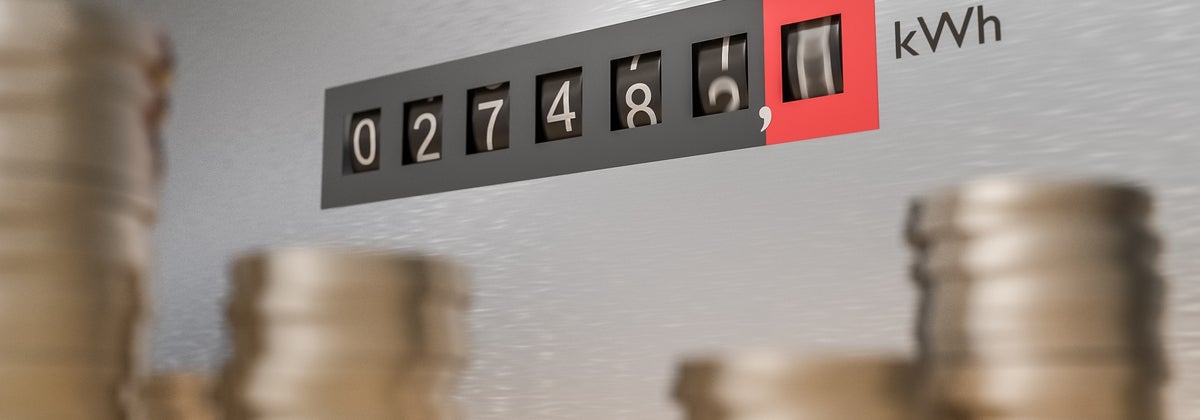Canstar’s latest research shows Kiwis are concerned about their power bills, with the cost of power high and winter weather setting in. And Kiwis are resorting to wrapping up in extra layers as a result, as the appeal of turning on the heat is weighed up against the expected bill.
When asked, almost half of respondents say they resort to wrapping up with blankets and extra layers to avoid turning on the heat. And most tellingly, more than a third of us worry about our power bills.
Why are power prices so high?
Recent spikes in power prices have been largely a result of low water levels in our hydro lakes. Because hydropower accounts for over half of all power generation in New Zealand, low water levels make a significant impact on our power supply.
When hydro lake levels get low, we usually bring in more gas supply as a substitute, which is more expensive. But to make matters worse, unexplained gas shortages, particularly at our largest gas field, Pohokura, have left us scrambling for coal as a means to generate electricity, and power prices have risen as a result.
While hydropower has been a great source of cheap, renewable energy, dry weather and climate change are posing a risk. When water levels get low, the cost goes up. Couple this with added demand over the winter period and suddenly high prices can start to look like an energy crisis.
As winter weather sets in, Kiwis are growing concerned.
And the stats would suggest they have a right to be. The Interim Climate Change Committee reportedly found wholesale power prices above $115/MWh were “unaffordable for the economy”.
At the time of writing, all major regions across New Zealand had wholesale power prices above this figure.
→ Related article: How Much Are You Paying For Power? Average Electricity Costs per kWh in NZ

How does power work in New Zealand?
Around 85% of New Zealand’s power is generated through renewable energy, awesome right? There are five big companies in New Zealand that generate most of our power. The electricity they produce goes onto the national grid, for electricity retailers to onsell to customers like me and you.
So electricity retailers are the ones that set your power price. They are the ones that buy wholesale power, add a mark up and fees, and sell it on.
There are two types of these providers: retailers (as mentioned above) and gentailers.
A gentailer is the cute name (think Brangelina) for companies that both generate and retail power. The generation part of the business sells the power it produces to the retail arm, which sells it to the public.
Wholesale market
The wholesale market operates on a spot price system. It’s calculated on a supply-and-demand basis, and it’s subject to change every half-hour. Plenty of water in our hydro lakes and low demand? The prices will be low. Dry weather coupled with high demand and suddenly the prices are a lot higher.
Electricity retailers don’t tend to pass on spot prices to consumers. Most consumers are on a fixed rate, meaning you pay a flat fee for your power (per kWh). When wholesale prices are low and your electricity provider is buying it on the cheap, your fixed rate will be good business for them. When spot prices soar, your electricity provider may be lamenting your low fixed rate.
How are power prices calculated?
The price you pay for power is made up of a variety of costs:
- Energy costs
- Distribution
- Metering
- Levies and GST
- Profit margin
Metering, levies, and the margin of profit on your power are all fairly fixed. While they make up a portion of your power price, they won’t be responsible for your rate falling or rising. Power companies have to pay GST and levies to the government, and they have to pay the company that checks and maintains your meter. They also have to make a profit.
Energy costs
The main reason your power prices rise or fall is due to the spot price of electricity. As mentioned above, spot prices don’t tend to be passed on immediately to customers. This is because most people are on a fixed rate power contract, one that doesn’t move with changes in spot prices.
But many are seeing big jumps in their fixed rate upon contract renewal. Electricity providers are hiking up rates as a response to consistently high wholesale prices. People are now paying fixed rates that are significantly higher than what they’ve been used to.
According to government statistics, power prices have risen by about 50% over the past 20 years. And current high prices have seen some smaller retailers, such as Flick Electric, stop taking new customers.
They claim that the gentailers are benefiting from an uneven playing field. They claim the big boys are selling the power they produce to their own retail arms more cheaply than they sell to the independents, and then failing to pass on the savings to consumers. This, they claim, makes it “financially unfeasible” for smaller providers to compete, provide consumers choice and drive down prices through competition.
Distribution
The cost of distribution also plays a huge role in the cost of your power. Transpower distributes power from the national grid to regional providers and the regional providers transport it to you. There are 29 of these regional providers and the cost you pay varies between them.
You don’t get a choice about who your provider is here, there is one provider for each region. The cost that these providers charge is more or less added to your power bill, and it can vary greatly between regions.

How can I lower my power bill?
→ Related article: The Biggest Energy Guzzlers in Your Home
While there are plenty of little tips and tricks to bring down your power bill, it’s important to know you are getting a good deal.
Canstar Blue’s research shows Kiwis are concerned about their power bill, but it also shows two-thirds of us don’t shop around for a better deal. Even more worrying, only 12% of us have actually changed electricity provider in the last year!
Shopping around for a better deal is the best way to bring down your costs, and at Canstar Blue we make it easy. To help you find the best value electricity retailer, we rate NZ power companies for customer satisfaction and value for money, see the table below for some of the results, or you can click on the button below for the full results of our survey.
Canstar Blue’s latest review of NZ power companies compares them on customer satisfaction. The table below is an abridged version of our full results, available here.
^ By clicking on a brand or 'details' button, you will leave Canstar Blue and be taken to either a product provider website or a Canstar Blue NZ brand page. You agree that Canstar Blue NZ’s terms and conditions apply (without limitation) to your use of this service,to any referral to a product provider from our website, and any transaction that follows. Canstar Blue may earn a fee for referrals from its website tables, and from sponsorship (advertising) of certain products. Payment of sponsorship fees does not influence the star rating that Canstar Blue awards to a sponsored product. Fees payable by product providers for referrals and sponsorship may vary between providers, website position, and revenue model. Sponsorship fees may be higher than referral fees. Sponsored products are clearly disclosed as such on website pages. They may appear in a number of areas of the website such as in comparison tables, on hub pages and in articles. Sponsored products may be displayed in a fixed position in a table, regardless of the product’s rating, price or other attributes. The table position of a sponsored product does not indicate any ranking, rating or endorsement by Canstar Blue. See How we are funded for further details.
Canstar Blue NZ Research finalised in April 2023, published in June 2023.
See Our Ratings Methodology
Compare electricity providers for free with Canstar Blue!

About the author of this page
This report was written by Canstar Content Producer, Andrew Broadley. Andrew is an experienced writer with a wide range of industry experience. Starting out, he cut his teeth working as a writer for print and online magazines, and he has worked in both journalism and editorial roles. His content has covered lifestyle and culture, marketing and, more recently, finance for Canstar.
Enjoy reading this article?
You can like us on Facebook and get social, or sign up to receive more news like this straight to your inbox.
By subscribing you agree to the Canstar Privacy Policy


Share this article